11 Apr VALORANT ranks explained: Full tier list & ranking system
Image credit: Riot Games
TL;DR
There are 25 VALORANT ranks split between nine different tiers.
You’re eligible to play VALORANT ranked after playing 20 unranked games.
There is no VALORANT rank decay; however, placement matches are part of keeping rank.
If you’ve ever wondered how VALORANT ranked works, we’re here to give you all the information you need. We’ll discuss the different tiers, how to improve at the game, how the rating system works, and all there is to know about matchmaking and maintaining rank in 2025.
The VALORANT ranking system is slightly more in-depth than some other competitive games. While progression can seem more linear, the steps needed to move up the rungs of the ladder can be intense.
We’re reviewing the VALORANT ranked requirements needed to play and what to expect when you get started. You must be level 20 first and foremost.
VALORANT ranks & tiers
So, what are the VALORANT ranks?
There are 25 VALORANT ranks in the game in 2025, which are divided into nine distinct tiers named after metals and concepts.
It goes as follows: Iron, Bronze, Silver, Gold, Platinum, Diamond, Ascendant, Immortal, and Radiant, with three tiers to each section except for the final ranking.
That means the lowest VALORANT rank is Iron, where everyone will start once they begin playing Riot Games’ tactical shooter competitively. Depending on how well you do in each game, you’ll slowly start to climb the ladder, but it can take longer than some other esports games to push through the various tiers.
All VALORANT ranks in order
RankPercentage of players in each rank Iron 11.02% Iron 22.21% Iron 33.17% Bronze 16.30% Bronze 26.58% Bronze 35.36% Silver 19.06% Silver 27.73% Silver 36.18% Gold 18.81% Gold 27.11% Gold 35.22% Platinum 16.70% Platinum 24.80% Platinum 33.31% Diamond 14.18% Diamond 23.06% Diamond 32.13% Ascendant 12.75% Ascendant 21.81% Ascendant 31.03% Immortal 10.98% Immortal 20.28% Immortal 30.16% Radiant0.05%
Source: Vstats, as of April 11, 2025
Valorant ranks and placements / Image credit: Riot Games
How the VALORANT ranking system works
VALORANT’s ranking system is based on your in-game win rate, how well you play, and how consistently you perform. It takes some time to climb through the ranks, as the system takes the rank rating (RR) points into account every time you win (or lose) a game.
By winning more consistently, you’ll gain a higher amount of RR, but losing in competitive modes will still get you a small amount of it, too. Consistency is the key to steadily ascending the ladder, rather than a few good matches here and a couple of failures there.
VALORANT ranking is faster at the lower ranks and then slows down the higher up the chain you go, which is to be expected.
You start with 50RR and then need 100RR to be promoted from Iron 1 to Iron 2.
With each promotion, you’ll need a minimum of 10 RR, which is consistent from Iron to Ascendant.
Things change with Immortal and Radiant, where more than 100 RR is needed for progression, and only the top 500 players per region can hold the top rank.
Rank distribution in VALORANT
The VALORANT rank distribution is quite surprising when analyzing the game’s current meta. According to Vstats, Silver 1 is the most populated rank in the game, with 9.11%, with Gold 2 making up 8.7%. That means most gamers are in the earlier stages of the competitive scene, and we see a major fall-off with the higher tiers.
The spread of VALORANT’s ranking thins out as you look into the percentage of players with Gold and Platinum ratings.
With Diamond, players dwindle from 4.1% to 2%, and this gets even slimmer with Ascendant, with a range of just 2.6% to less than 1% holding this rank.
This is the trend seen with all Immortal tiers, but especially with Radiant. It’s reported that only 0.04% of players are in this category of high-level play.
Valorant rank distribution across all regions / Image credit: Vstats
How to rank up faster in VALORANT
There are a few ways of how to rank up in VALORANT, but few methods are fast or easy. The biggest thing is to improve your fundamentals with your skill development. This means practising your aim and movement skills on the firing range.
VALORANT has slower and more deliberate movement and aiming mechanics, similar to CS2/CSGO, than most FPS games, with every weapon having a heavy amount of recoil. You must fire in slow and controlled bursts, with the highest amount of accuracy possible when stationary or crouching.
There are 27 VALORANT agents available in the game in 2025, which are divided into four categories: Duelists, Initiators, Controllers, and Sentinels.
Duelists are best in direct combat
Initiators are useful for disrupting enemies and gathering intelligence
Controllers have mastery of the environment to restrict enemy visibility and movement
Sentinels are all about defensive options, such as creating chokepoints
With mastery of agents, movements, and aiming, you can also improve at VALORANT by understanding every VALORANT agent’s abilities. Some of the best VALORANT agents include Tejo, Clove, Raze, Vyse, Yoru, Deadlock, and Cypher, and they’re praised highly in tier lists for their versatility and options out on the map.
Jett is one of the best Valorant agents in the game / Image credit: Riot Games
Abilities are mapped to Q, E, C, and X on the keyboard alongside the standard shooting, which helps the game stand out from the competition.
Strong communication is key to getting better at VALORANT. Being a tactical shooter, maintaining responsive voice chat, and being prompt with in-game commands will help you to become a more well-rounded player. This could mean alerting the rest of your team about a threat around the corner or taking out a Sentinel, keeping the team safe; this is fundamental to building strategies and a good team dynamic.
Also crucial to being a better player is to keep a can-do and positive attitude instead of becoming hostile to your teammates or taking the game too far.
Once you’ve understood this, playing VALORANT ranked matches is the only way to move up the ranks from Iron to Bronze, to Silver, and beyond.
After going through 20 unrated matches, you’ll be eligible to start on your ranked journey.
Naturally, it’s important to prioritize winning matches while being a team player instead of just trying to go for the most kills as you go along. Equally vital is learning from your mistakes and improving from each loss to prevent these things from happening again.
Playing with friends instead of joining with strangers can also make cooperation more natural.
VALORANT rank decay & placement matches
Unlike many other competitive games, no VALORANT rank decay can occur where you’ll lose your position from inactivity. However, while your rank will not be docked, the hidden Matchmaking Rating (MMR) can shift, which means the types of matches you’ll be placed into can be different from what you are used to.
The MMR determines your skill level and will place you into a bracket of similarly (or identically) capable players.
That’s where VALORANT placement matches can occur, which are five provisional matches that you’ll have to perform to adjust your MMR. In addition to inactivity, placement matches happen with each season (formerly episode) change to keep the game-balancing consistent.
If you win all five matches you participate in, you’ll confidently retain your position, but losing a few more could see you drop rank with particularly poor performance. You can prevent getting rusty by consistently playing a little instead of jumping in and out every few months if you want to take things seriously.
Conclusion
Ranking in VALORANT can be intimidating at first because of the number of ranks and the time it takes to progress. Once you’re ready to put a foot on the ladder, you will begin at Iron 1, and (with enough time, practice, and effort) you may be able to rise through the ranks to Immortal or even Radiant.
While most players are comfortable at the Silver and Gold tiers, you can advance if you focus. Learn how to play your favorite agents and put the hours in, and you could make it pro someday.
If you’re interested in how the pros play the game, we recommend checking out our VALORANT Esports coverage, which goes over new competitive map developments, the teams competing, the events being held, and all the latest news. If you want to take VALORANT seriously, then having more knowledge outside of just playing the game is a good way to get ahead.
FAQs
The different VALORANT ranks playing together depend on the party size. With parties of two or three, Iron and Bronze can play with up to Silver, Silver can play with Gold, and Gold can play with Platinum. However, there are no restrictions with parties of five players. However, parties of four cannot play ranked VALORANT together.
Each VALORANT tier (except Radiant) has three levels, with 1 being the lowest (and worst) and 3 being the highest (and best).
Just shy of 10% of competitive VALORANT players are in the Silver 1 tier.
No. Bronze players cannot play with Gold players, but they can play with Silver players.
You cannot see or calculate your MMR in VALORANT, as it’s a hidden figure, but you can best guess your skill level by looking back at your rank rating (RR) gains and losses.
The two biggest VALORANT ranks by percentage are Silver 1 (9.11%) and Gold 1 (8.76%), with the two tiers holding the highest averages.
To unlock ranked (competitive) mode in VALORANT, you must have a level 20 account and win 10 unrated matches.
References
https://www.vstats.gg/ranks (Vstats)
The post VALORANT ranks explained: Full tier list & ranking system appeared first on Esports Insider.
Features, Valorant


No Comments